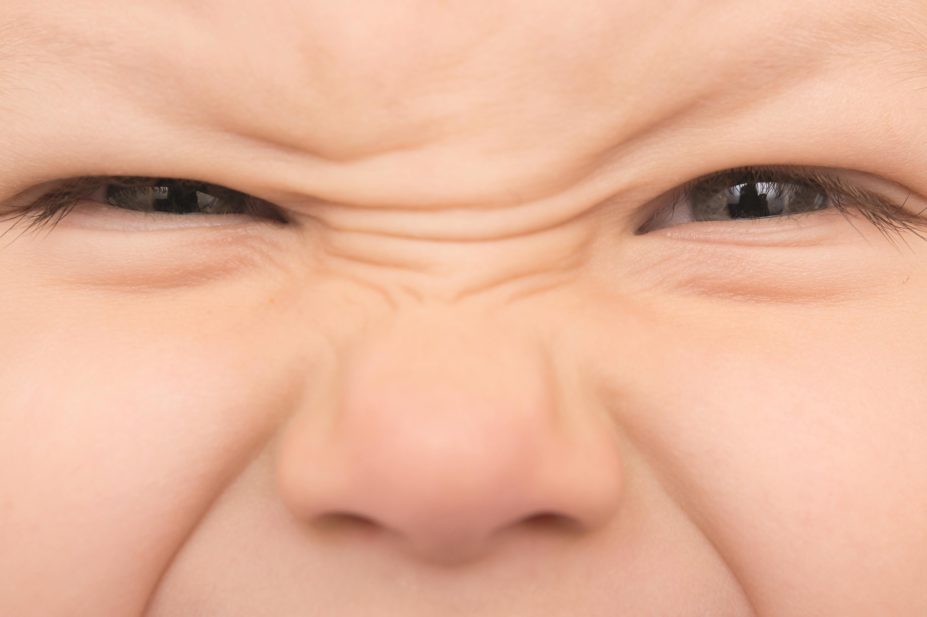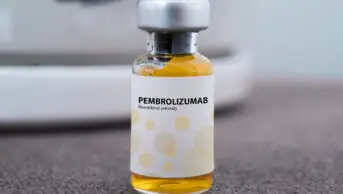
Shutterstock.com
Plasticine, umbrella springs, corks, coins, safety pins and even a door handle have all reportedly been removed from patients’ noses. Even innocuous objects need removing because of the risk of respiratory obstruction, but some objects can cause further damage. The release of heavy metals from button batteries can cause severe destruction of the nasal septum, and animate foreign bodies such as screw worms and maggots can trigger inflammatory reactions capable of destroying the nasal bones.
Otolaryngologists often encounter foreign bodies in the nasal cavities of children aged two to five years old. Although some inert objects can remain in the nose for years without causing symptoms, most trigger congestion and swelling of the nasal mucosa, with the possibility of pressure necrosis producing ulceration, mucosal erosion and nose bleeds.
Removal can be challenging. Children under five years old have difficulty blowing their nose, are uncooperative and difficult to restrain. Various methods have been used to extract foreign bodies, including an old Eustachian tube catheter, Foley and Fogarty catheters, haemostats, wire ear loops and cupped forceps. All these techniques are invasive, can cause trauma to the nasal mucosa and risk further displacement with possible aspiration.
Therefore a short-term ‘watch and wait’ policy would seem a suitable first-line strategy in some cases. Researchers at the University Hospital of Wales decided to investigate such a policy where the inanimate object was a dissolvable sweet.
An ear, nose & throat specialist volunteered to act as guinea pig, inserting sweets into his nostril and measuring how long they took to dissolve. And the results were: Fizzers, 10–15 minutes; Tic Tacs, 25–30 minutes; Smarties, 30–35 minutes; Skittles, 35–40 minutes; Polos, 40–45 minutes. Writing in Clinical Otolaryngology, the researchers concluded that if medical staff are sure the object is a sweet then watching and waiting is an appropriate strategy.
Various positive pressure techniques have been used to remove foreign bodies, but none have been widely accepted and many risk causing barotrauma. The ‘parent’s kiss’ however, has been evaluated as an effective and non-traumatic method.
First described in 1965, the ‘parent’s kiss’ involves the parent exhaling while kissing their child and occluding the unaffected nostril. Positive pressure behind the foreign body forces it out of the nostril. Because the glottis is closed and the pressure is low, there is little risk of barotrauma.
In a study involving 31 children aged under five years old, the technique was effective in 20 children. Only one patient (3%) required general anaesthesia for removal, compared with 32% requiring general anaesthesia in the preceding six-month period.


